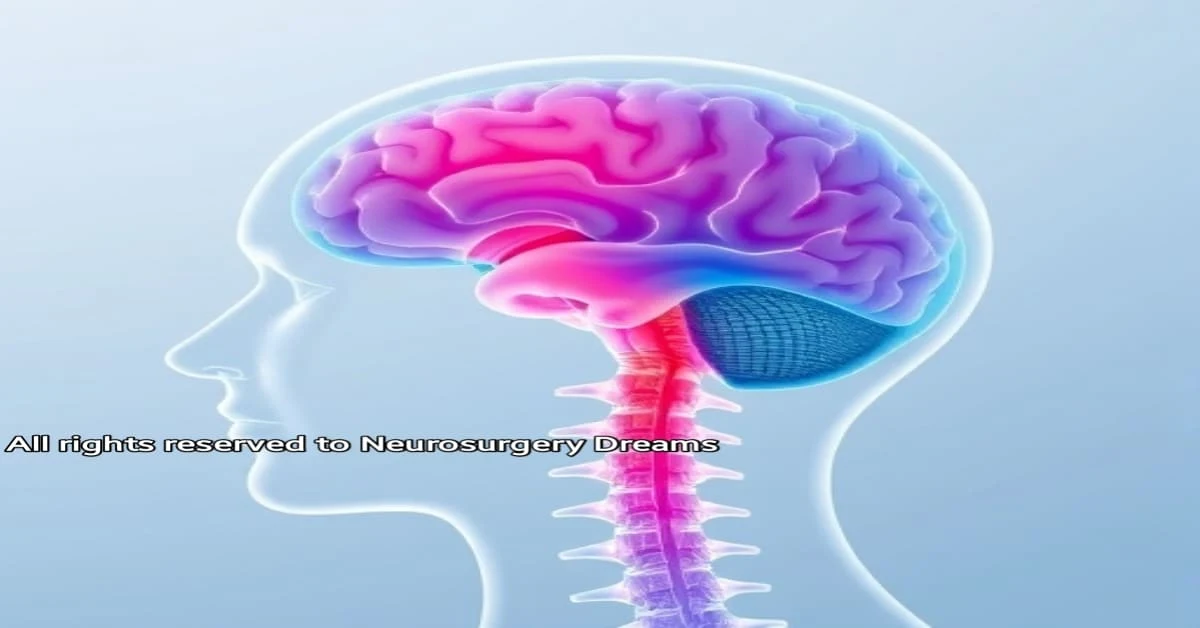Advancements in Neurosurgery: Navigating Complex Brain and Spinal Disorders
Introduction:
Neurosurgery has made remarkable strides in the treatment of both brain and spinal disorders, offering hope for patients dealing with some of the most challenging medical conditions. The evolution of surgical techniques, along with advancements in medical technology, has transformed outcomes for many patients. This article explores the latest advancements in neurosurgery, specifically focusing on innovative approaches in the treatment of complex brain and spinal disorders.
Brain Disorders: Modern Techniques in Neurosurgery
Brain disorders, ranging from tumors and aneurysms to traumatic injuries and degenerative diseases, present significant challenges for neurosurgeons. The traditional approach to treating these conditions involved large incisions and open surgeries, but with recent innovations, neurosurgery has become less invasive and more precise. Notable advancements include:
- Neuroendoscopy: A minimally invasive procedure that allows surgeons to visualize and treat disorders inside the brain through small incisions. Neuroendoscopy has revolutionized the treatment of brain tumors, hydrocephalus, and some types of brain hemorrhages, offering patients quicker recovery and fewer complications.
- Functional Neurosurgery: This area involves the treatment of conditions like epilepsy, Parkinson's disease, and chronic pain by stimulating specific brain regions using electrical impulses. Deep brain stimulation (DBS) is a leading technique, allowing patients to manage symptoms with fewer side effects.
Spinal Disorders: Innovative Approaches and Surgical Options
The spine is a complex structure, and disorders affecting the spine can lead to debilitating pain and reduced mobility. Conditions such as herniated discs, spinal cord injuries, and degenerative diseases have traditionally been treated through spinal fusion and other invasive procedures. However, new techniques have emerged that offer less-invasive solutions with faster recovery times. Some of these advancements include:
- Minimally Invasive Spine Surgery (MISS): MISS involves smaller incisions and the use of specialized instruments to perform spinal surgery. This technique allows surgeons to access the spine without the need for large incisions, reducing muscle and tissue damage, leading to quicker recovery times and less postoperative pain.
- Artificial Disc Replacement: Instead of traditional spinal fusion, artificial disc replacement involves removing a damaged disc and replacing it with a synthetic one. This procedure preserves spinal motion and helps prevent complications such as adjacent segment disease.
The Role of Advanced Imaging in Neurosurgery
One of the key factors contributing to the advancements in neurosurgery is the development of advanced imaging technologies. These technologies help neurosurgeons plan and execute surgeries with high precision, leading to better outcomes for patients. Some critical imaging advancements include:
- Intraoperative MRI: This technology allows for real-time imaging during surgery, giving surgeons a clear view of the tumor, spinal issue, or brain structure they are working on. It helps in ensuring complete tumor removal or accurate spinal decompression without damaging surrounding healthy tissue.
- 3D Imaging and Neuro-navigation: These imaging systems provide detailed, three-dimensional views of the brain and spine. They help neurosurgeons to plan surgeries with greater precision, providing virtual models of the brain or spine that can guide the surgical tools during the procedure.
Future Directions in Neurosurgery: What Lies Ahead
While the field of neurosurgery has already seen groundbreaking advancements, the future holds even more promise. New technologies and techniques are continually being developed, with a focus on improving patient outcomes, reducing recovery times, and enhancing precision in surgeries. Some of the promising developments in neurosurgery include:
- Robotic-Assisted Surgery: Robotics is poised to play a key role in future neurosurgery. Robotic systems provide neurosurgeons with enhanced precision, reduced fatigue, and the ability to perform highly complex procedures with minimal invasiveness.
- Gene Therapy and Stem Cell Research: These fields are exploring how genetic modifications or stem cell therapy can aid in the repair of damaged brain or spinal tissue, potentially revolutionizing the treatment of conditions like spinal cord injuries and neurodegenerative diseases.
- Neuroregenerative Medicine: Researchers are working on treatments that encourage the regeneration of brain and spinal tissue after injury or disease, providing hope for conditions that were once considered irreversible.
Conclusion: Transforming the Future of Neurosurgery
With continuous advancements in surgical techniques, imaging technologies, and medical research, the future of neurosurgery is bright. These innovations are improving the lives of patients with brain and spinal disorders, offering less invasive procedures, faster recovery, and better long-term outcomes. As the field continues to evolve, we can expect even greater strides in treating complex conditions, making neurosurgery safer and more effective for patients around the world.

